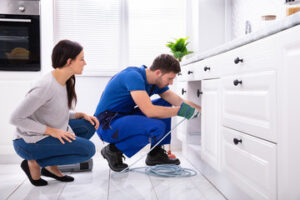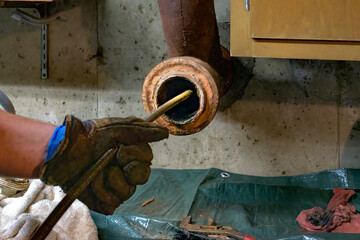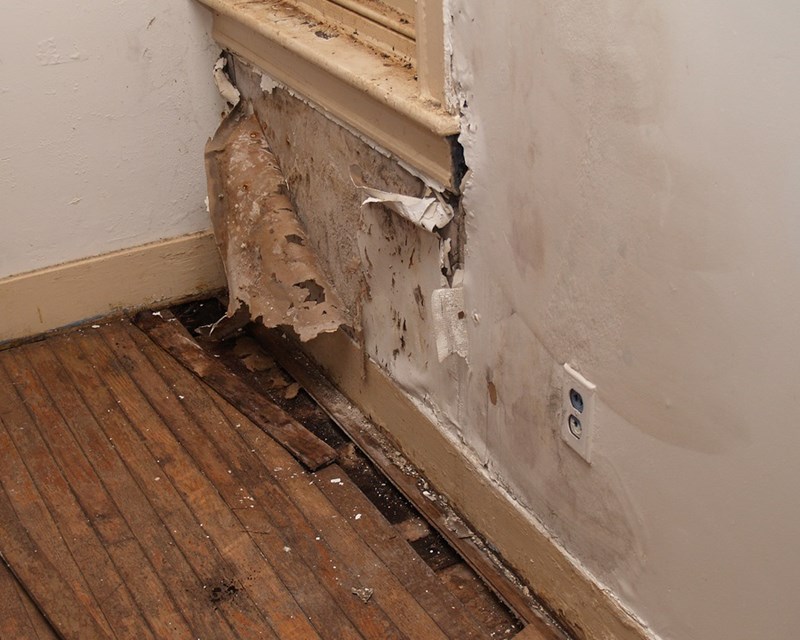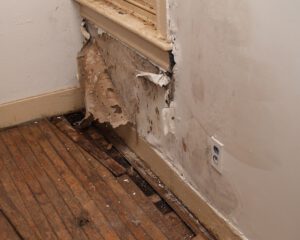Drain Cleaning Perth helps keep plumbing functioning properly, promoting a clean and hygienic living environment. Clogged and blocked drains can lead to water overflow, causing damage to floors and walls.
DIY methods may work for minor clogs, but professional services are more effective in the long run by addressing underlying issues and preventing future problems. This article will discuss several drain cleaning methods including mechanical drain snakes, Hydro-jetting and Chemical cleaners.
Having a clogged drain or pipe can be an inconvenient and messy problem that is best left to professional plumbers. While you may be tempted to try and tackle the blockage yourself with household products like chemical drain cleaners, these can do more harm than good. Moreover, improper use of tools and chemicals can cause more damage to your plumbing system and even the pipes themselves.
The easiest and most effective way to get rid of a stubborn clog is to use a plumbing snake. These long, flexible rods are inserted into the drain and then rotated to break up and remove the clog. These snakes are multipurpose and can be used on both kitchen and bathroom drains. However, you need to ensure that the P-Trap (the curbed piping under your sink) is removed before using a drain snake. The P-Trap is a safety device that makes sure that sewer gas doesn’t come back up into your home.
A drain snake is also an ideal tool for removing hair, scum, and other debris that often accumulate in bathroom and kitchen drains. Moreover, this method can be used on multiple drains at once and is relatively easy to use. Nevertheless, it’s important to note that a drain snake can cause damage to your pipes if you use too much force when feeding the coil down the pipes.
If you’re planning to use a snake, it’s important to uncoil it slowly down the drain to avoid damaging the piping or the drain entrance. After the snake reaches the clog, you should start rotating it in circular motions. Once the clog is broken up, you can pull it out and flush the toilet to make sure that the drain works properly.
Although a drain snake can be useful for tackling minor clogs, it’s ineffective against larger ones. Since these snakes have limited reach, they can only bust up clogs that are within a few feet of the drain entrance. They’re also not suitable for snaking sewer lines, which are wider than the individual drain lines that extend from your plumbing fixtures.
Hydro-jetting
Hydro jetting is the use of highly pressurized water to disintegrate and wash away sludge, grease, or even overgrown tree roots that have invaded your sewer line. It is a no-mess process that is much faster and more economical than traditional snaking methods. It is also safer for your pipes because it doesn’t rely on toxic chemicals. However, due to its high-pressure intensity, hydro jetting should only be performed by trained and experienced professionals. If handled improperly, it can cause a pressure imbalance that could rupture the pipe.
To perform a hydro-jetting service, the plumber will first access your sewer lines through an outside cleanout. They will then determine the size of your pipes and select a nozzle that is appropriate for the type of debris that needs to be removed. There are several nozzle options available, including general-purpose and special-purpose nozzles that can cut through specific types of materials like grease or tree roots. Once the nozzle is in place, the professional will activate the system and direct the water toward the obstruction. This process removes the clog and thoroughly cleans the interior of your pipe walls.
This method is ideal for commercial and residential properties that are plagued with recurring clogs. It can effectively break up and remove the most stubborn of blockages and ensures that the problem won’t recur. It also cleans the interior of your pipes without causing any damage, which extends their lifespan and helps you avoid costly repairs in the future.
When the nozzle is positioned properly, the water sprays into all areas of your drain and sewer lines. This allows the technician to see exactly what’s inside the clogged pipe, which eliminates guesswork and makes the process more efficient. The force of the water also scourers the interior of your pipes, which prevents future clogs and minimizes odors from rotting food particles that have lodged in your drains.
The high-pressure water blasts away the clog and completely cleans your entire pipe line. This eliminates the need for labor-intensive procedures such as snaking and reduces the chances of costly pipe replacements in the future.
Chemical cleaners
Most liquid chemical drain cleaners use a strong reaction with acid or heat to dissolve blockages. However, these chemicals can be dangerous to people and pets if they come into contact with them. Additionally, they can damage pipes over time. Chemicals that are washed down the drain can eat away at them, leading to leaks and breakages.
There are several types of chemical drain cleaners, including caustic, oxidizing and enzymatic. All of them work by either donating or taking electrons from the substance that is causing the clog. This process breaks them down into smaller molecules and often dislodges them from the pipe walls.
Caustic drain cleaners are the most common, and they include things like sulfuric or hydrochloric acid. These are available to licensed plumbers only and must be used with extreme caution since they can be extremely hazardous to people and property. These chemicals can also damage pipes, especially older ones made from metal or fragile materials.
Oxidizing drain cleaners are often the safest option because they don’t release as many chemicals. They use the same reaction as household bleach and hydrogen peroxide, which can decompose organic matter and eliminate bad odors. These products are also heavier than water, allowing them to sink through standing water and reach the clog.
The heat generated by these chemical reactions can soften grease and soap scum, which makes them more likely to wash away. However, they can also make these substances gummy and sticky. The resulting buildup may actually create a bigger clog over time.
While they are often effective for simple clogs, liquid chemical drain cleaners should never be used on garbage disposals because they can cause them to overheat and break. Furthermore, they shouldn’t be used on metal or plastic pipes because they can corrode them.
Liquid chemical drain cleaners also have the potential to wreak havoc on the environment if they enter the sewer or septic system and are washed down the drains into rivers, lakes and groundwater. This can have a negative impact on aquatic life and the health of those who drink the water.
Video camera inspection
Just like an MRI gives your doctor a clearer picture of what is going on inside your body so they can make a diagnosis and prescribe the right treatment, video camera inspections give plumbing companies a clearer view of the condition of your sewer lines and drains. This process eliminates guesswork and saves time and money for you as the homeowner.
A plumbing company will insert a waterproof, highly-sensitive, and remotely controlled camera into the pipe to find the source of clogs or blockages. The live footage is sent to a monitor, which allows the technician to see inside the pipes in real-time. The technician can then identify the problem and determine the best course of action to resolve it. This may involve cleaning, repairing, or replacing the damaged section of line.
These cameras can locate cracks, corrosion, leaks, foreign objects, grease, and hairballs in potable water lines and drain lines. They can also identify any structural damage. In addition, they help plumbers find the cause of root intrusion, which is one of the most common causes of drain and sewer backups. They can also detect misalignment and offset joints, which can cause leaks and other problems.
The resulting video can be saved to a computer or DVD for further review. It can also be used to demonstrate problems to insurance companies to help you get the coverage you need for repairs. This is particularly useful when you are dealing with a claim for a sewer line replacement.
It is a good idea to have a camera inspection of your sewer lines before winter to identify any potential issues that could be made worse by freezing and thawing cycles. Regular camera inspections can prevent unforeseen problems and extend the life of your drain and sewer lines.
A reputable plumbing company will use state-of-the-art inspection cameras and have the knowledge and experience to interpret the footage accurately. They will recommend whether you need a simple drain cleaning, a repair, or a full sewer line replacement. They can even locate lost items, such as jewelry or toys that have fallen down the drain.


